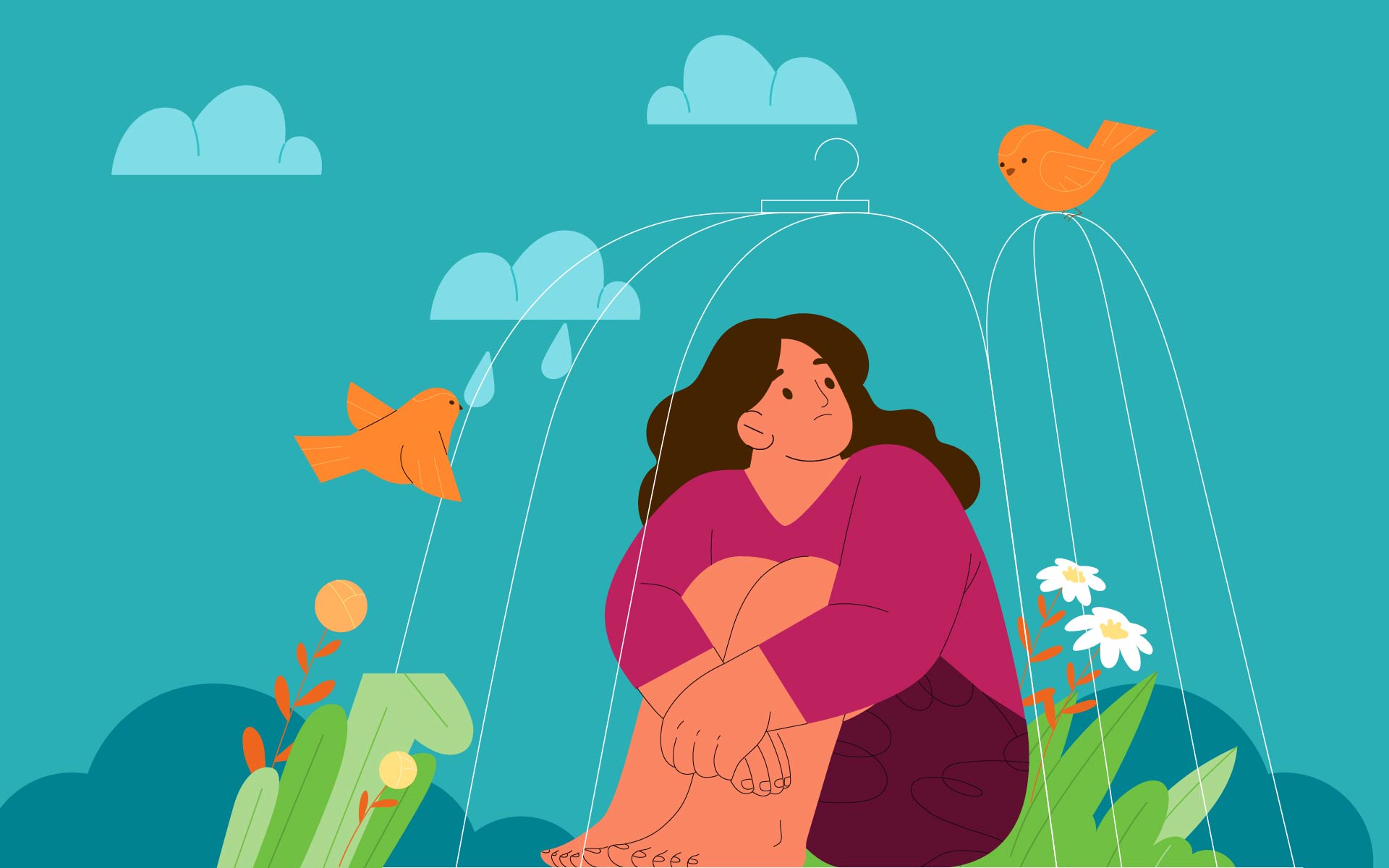The other day I spoke with a friend I hadn’t connected with since the pandemic began. When I asked how she was, she unexpectedly said she had just tasted the best cherry in her life.
Her delight was refreshing, and it didn’t alter the underlying fact that she felt heavy-hearted and off-kilter because of the state of the world. She nonetheless found momentary joy in a bowl of cherries.
Often, we have to coax these small moments of joy into our awareness. We have to let our guard down and allow them rub up against us like a purring cat.
Joy can be like that—small, unassuming, disarming. It’s hiding in a cherry, a song note, or a pair of comfortable shoes. Often, we have to coax these small moments of joy into our awareness. We have to let our guard down and allow them rub up against us like a purring cat.
Of course, our attention is often otherwise occupied—tugged toward irritation when we hear the grating whir of a leaf blower, or when we feel sadness after learning a friend is ill, or anxiety when someone we love has lost their job. And there are the larger forces that pull our attention—oppression, climate devastation, deep uncertainty about the future. Much of mindfulness practice is about learning to relate to these sharp-elbowed moments with equanimity.
How to Find Joy in the Mundane
But along with all of those dark and stormy moments is also the sunshine of joy. Just like irritation or sadness, subtler moments of gladness arise throughout our day. Bringing awareness to the many small good moments we experience isn’t a denial of everything else that might be wrong. Instead, it’s an honest appraisal of what might be arising in the moment.
For my friend, momentary joy arose in the taste of cherry. Right now, for me, it’s the dancing of my fingers on the keyboard. For you, it might be reading this story (I hope so) or sipping a refreshing glass of water. Connecting with modest moments like these not only feels good; it tempers our hard-wired tendency toward negativity.
Why We Tend to See the Negative
Even without a pandemic weighing on us, human beings tend to be downcast. The brain registers negative experiences more strongly than positive ones because it helped our ancestors survive. It’s useful to have a brain highly attuned to threats when saber tooth tigers lurk in the brush. It’s far less helpful when threats to our physical survival are fewer, and when our enduring desire is to be at ease. As psychologist and meditation teacher Rick Hanson says, “The brain is like Velcro for negative experiences and Teflon for positive ones.”
One practical way to counter our negativity bias is to attend to joyful moments. Soaking in moments of delight requires mindfulness. It’s challenging, for example, to enjoy an uplifting breeze when you’re doom-scrolling on Twitter.
We don’t have to aspire to picture-postcard ideals of happiness to feel more joyful. Those are more than welcome. But so, too, are the quiet, happy moments that arrive when we’re present for them.
But you might be surprised that with intention to do so, you can notice the burst of joy you feel when your car engine reliably starts after sitting in the driveway for weeks, when the bus arrives just as you do at the bus stop, when a welcome breeze touches your skin.
We don’t have to aspire to picture-postcard ideals of happiness to feel more joyful. Those are more than welcome. But so, too, are the quiet, happy moments that arrive when we’re present for them.
Here are a few mindful perspectives and practices to cultivate joy in your daily life:
- Shift Your Frame of Reference: I’ve made a case for finding joy in the nooks and crannies of our lives because too often, we reserve jubilation for milestones—a wedding day, the birth of a child or a hard-won promotion, etc. When we think of joy as belonging only to big events, we sideline the many small pleasures strewn along the way. Finding joy in our daily routines makes it far more accessible and creates a positive feedback loop. The more we attend to joy in the ordinary moments of our lives, the more we experience it, and the more joyous we become.
- Slow Down: It can take the brain a few seconds to register that something good is coming your way. Slowing down lets your heart, mind, and body to acknowledge pleasure is present. Savoring the flavor of juicy peach allows you to enjoy it more as does pausing to feel your bare feet in the grass or lingering over the lines of a beautifully written poem.
- Non-Problematic Joy: Sometimes, finding joy is as simple as noticing what’s not wrong. In the wild swings between pleasant and unpleasant, we often neglect the contentment of the neutral middle. Most mornings, for example, my teeth feel fine, the sun rises with confidence, and birdsong fills the air. While these experiences might not thrill us, paying attention to them encourages an appreciation and gratitude for all that’s still right in the world. As Chade-Meng Tan writes in Joy on Demand: The Art of Discovering the Happiness Within, “Knowing you are not entirely at the mercy of agitation can bring some joy.”







